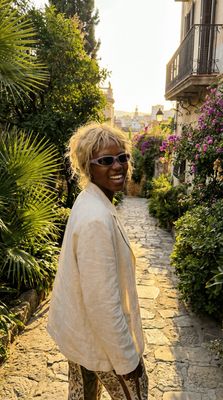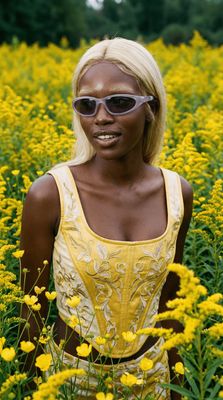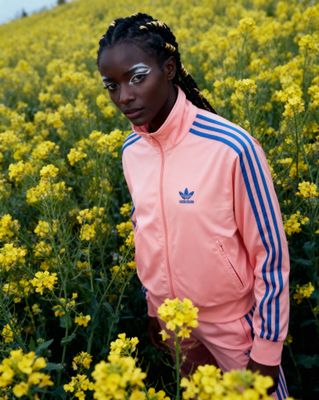Everything about the color Olive
The meaning of the color olive and color combinations to inspire your next creation.
Browse images in the color olive
What color is olive?
Olive is a muted, earthy green with a hint of brown, reminiscent of the color of green olives. It is often associated with nature and tranquility, offering a subdued yet rich tone that is versatile in design.
What are similar colors to olive?
For variations within the same earthy and muted spectrum as olive, consider:
- Sage (#BCB88A) shares olive's earthy green tone but with a softer, more muted appearance.
- Khaki (#F0E68C) offers a lighter, more yellowish version of olive's earthy vibe.
- Forest Green (#228B22) is a deeper, more vibrant green that complements olive's natural feel.
- Army Green (#4B5320) closely resembles olive with its dark, subdued green hue.
What color goes with olive?
To complement olive's earthy tones, consider pairing it with:
- Burgundy (#800020) adds a rich, deep contrast to olive's muted green.
- Peach (#FFE5B4) provides a warm, soft contrast to olive's earthy tones.
- Lavender (#E6E6FA) offers a gentle, soothing balance to olive's natural hue.
- Cream (#FFFDD0) enhances olive's warmth with its soft, neutral tone.
- Navy (#000080) provides a classic, elegant contrast to olive's subdued green.
What color conflicts with olive?
To avoid clashing with olive's earthy tones, consider avoiding:
- Bright Red (#FF0000) can overpower olive's subtlety with its intense vibrancy.
- Neon Green (#39FF14) risks overwhelming olive's muted, natural appeal.
- Fuchsia (#FF00FF) might clash with olive's earthy undertones due to its boldness.
- Cyan (#00FFFF) could create a jarring contrast with olive's warm, muted green.
- Electric Blue (#7DF9FF) may overpower olive's subdued nature with its brightness.
What does the color olive represent?
Olive often symbolizes peace and harmony, drawing from its association with olive branches in historical contexts. It is also linked to nature and the environment, evoking a sense of tranquility and stability. Psychologically, olive can promote a sense of calm and balance, making it a popular choice for spaces meant to relax and soothe. In art and design, olive is used to create a natural, grounded atmosphere, often serving as a neutral backdrop that complements more vibrant colors.
What's the history of olive?
The name "olive" comes from the fruit of the olive tree, which has been cultivated for thousands of years in the Mediterranean region. The color itself is derived from the greenish hue of unripe olives. Historically, olive branches have been symbols of peace and victory, further embedding the color in cultural significance. In modern times, olive is frequently used in fashion and interior design for its versatile, earthy appeal, often associated with military and outdoor themes.
Color Variations
Shades
Tints
Hues
Color Palettes
Monochromatic
Complementary
Analogous
Triadic
Tetradic
Images with olive color
Color Conversions
#808000rgb(128, 128, 0)rgb(50%, 50%, 0%)0, 0, 100, 50hsl(60, 100%, 25%)60, 100, 50#80800052, -13, 5717, 20, 352, 58, 10310000000, 10000000, 00000000Color(red: 0.5019607843137255, green: 0.5019607843137255, blue: 0)UIColor(red: 0.5019607843137255, green: 0.5019607843137255, blue: 0, alpha: 1.0)Color(0xFF808000)










